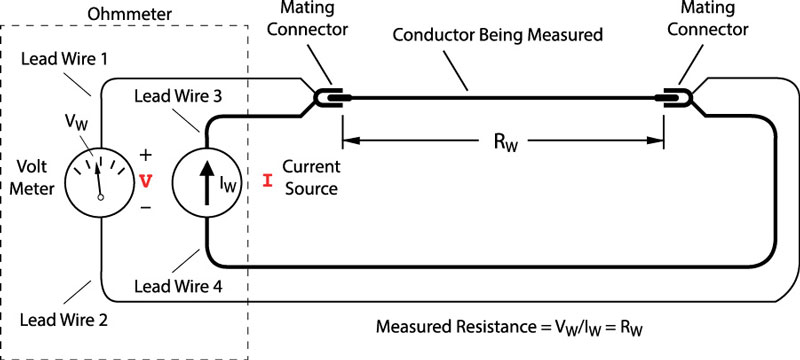OK you are using the pre 70 setup, which means that eliminates at least one aspect, which involves an improperly grounding field which causes full tilt charge
So do this:
Turn key to run, engine stopped. Stab one probe into the top of the battery POS post and the other post to the IGN terminal of the regulator. That is the "push on" flag terminal, not the screw terminal. Read that voltage which should be very low, the lower the better. if it is more than .3V (3/10 of 1 volt) you need to investigate voltage drop in the path from the batt to the VR
You may have already checked ground, but you want to stab one probe into the battery NEG post, and the other post "hard" into the VR mounting flange, being sure to stab through paint, corrosion, etc. This voltage also, is "lower the better," and zero is perfect
The TOTAL of any voltage read off these two tests is added to the VR set point. Meaning, if you have a VR which would otherwise be properly operating, at 14V and you measure 1.3V drop in these tests, then the battery would see a charge volt. of 15.3.
Next run the car at a fast idle, and with one probe on the battery NEG post, read the "high" or "key" side of the ballast, but since your wiring is not original I cannot tell for certain which side, so try both.
THAT reading will tell you the VR setpoint, which should be nominally 14V (13.8--14.2) If it is much off of that the VR is off, but you can also confirm that by connecting a temporary jumper from a good battery point (such as the starter relay stud--direct to the VR IGN terminal. See if that settles down the voltage
ALSO you should jumper across the ballast resistor if using an MSD. The MSD should have a large black (ground) and large red (direct to battery) and then a small red "trigger" or energizer wire which goes to your original coil + connection that is coming off the ballast to the coil
With the MSD ONLY connect the MSD proper wires to the coil DO NOT connect any other items to the coil, not a tach and not the radio supression capacitor.
The one big thing to remember is that the VR MUST be at exact battery ground and at exact battery + to properly sense and charge. The biggest issue is voltage drop in the system.
This is affected by CURRENT FLOW so battery state of charge and alternator loading can affect this problem


















